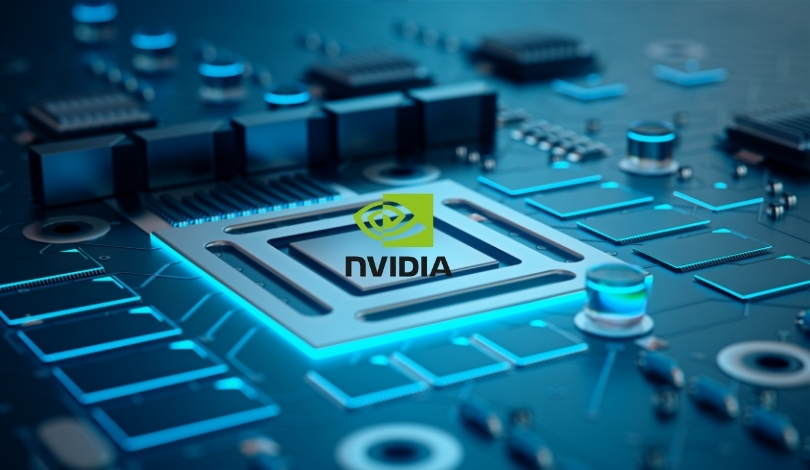Diplomatic efforts involving top U.S. technology executives and policymakers have produced a notable development in the semiconductor industry. Nvidia and AMD have both secured approvals to restart the sale of their AI semiconductors to China after a pause due to tightening U.S. export controls. Market analysts anticipated the ripple effects on the global AI sector, as these chips are essential components for businesses building artificial intelligence applications. In context, the dynamic between regulatory policy and technological leadership shapes much of the continuing rivalry between U.S. companies and their international counterparts.
Recent reports prior to this decision detailed the significant financial impact of the U.S. bans, especially for Nvidia, who previously faced inventory write-downs and supply chain disruptions due to unsellable chips. Earlier, there had been industry speculation that prolonged restrictions could lead Chinese buyers to shift toward domestic alternatives or seek loopholes through intermediary countries. The earlier forecasts did not expect relief for chipmakers in the near term, signaling the importance and relative surprise of the government’s latest licensing approvals.
What prompted the approval for renewed sales?
The U.S. government’s decision to grant export licenses follows months of requests by Nvidia CEO Jensen Huang, who engaged in behind-the-scenes diplomacy with top officials. The change affects both Nvidia’s H20 line—specifically tailored for China—and AMD’s MI308 series, both products previously restricted under guidelines aimed to curb Chinese access to certain high-performance AI technologies. By issuing these licenses, the administration indicated a willingness to balance national security objectives with economic considerations for domestic companies.
How are Nvidia and AMD responding?
Both corporations acted swiftly after receiving the approvals. Nvidia announced prompt delivery plans for the H20 chips, which had been in regulatory limbo. Meanwhile, AMD confirmed its ability to ship the MI308. The financial markets reacted positively: Nvidia’s stock rose over 4%, and AMD’s increased by nearly 7%. These gains reflected renewed investor confidence in the companies’ strategies for the China market. The H20 is positioned as a compliant alternative to Nvidia’s higher-spec H100 and H200 models, reflecting ongoing adjustments to regulatory requirements.
What business strategy unfolds in China now?
Nvidia’s leadership continues to actively pursue strong business ties in China, with Jensen Huang holding meetings in Beijing with senior leaders, including Premier Li Qiang and Vice Premier He Lifeng. In alignment with market demand and regulations, Nvidia introduced a new chip leveraging the Blackwell architecture, specifically tailored to meet U.S. export criteria while addressing Chinese clients’ needs. According to the company, the new product targets industrial sectors engaged in digital twin AI, such as smart manufacturing and logistics. During a recent interview, Huang commented,
“They simply can’t rely on it,”
referencing the limitations Chinese organizations face when considering U.S.-origin technology for sensitive applications.
The business decision to offer lower-spec chips like the H20 demonstrates how semiconductor firms navigate shifting regulatory constraints while attempting to maintain commercial ties. Collaboration and negotiation between industry leaders and government officials have therefore become increasingly central to company operations. Regulatory compliance, technological adaptation, and ongoing diplomatic efforts shape the evolving landscape of U.S.-China technology exchanges. For industry watchers, keeping abreast of both policy developments and product innovations is key to understanding potential shifts in the global AI supply chain. In an era of frequent realignment, business and technological strategies must remain flexible and well-informed.










